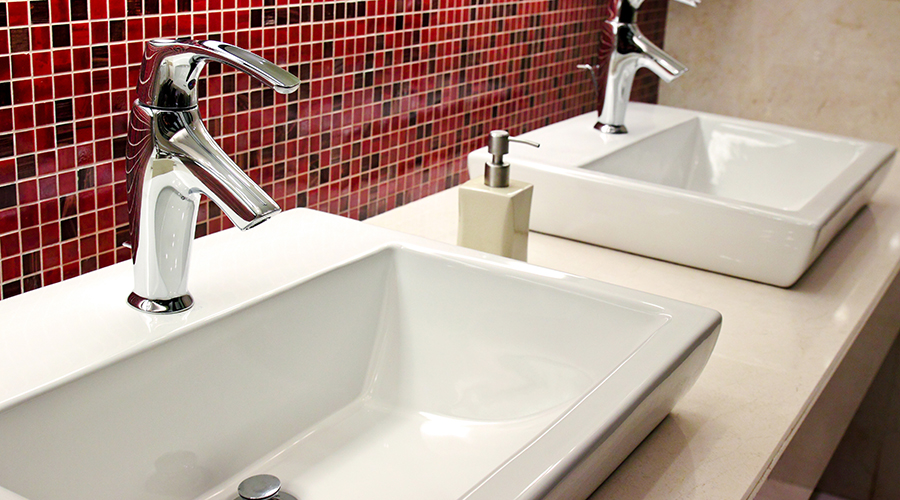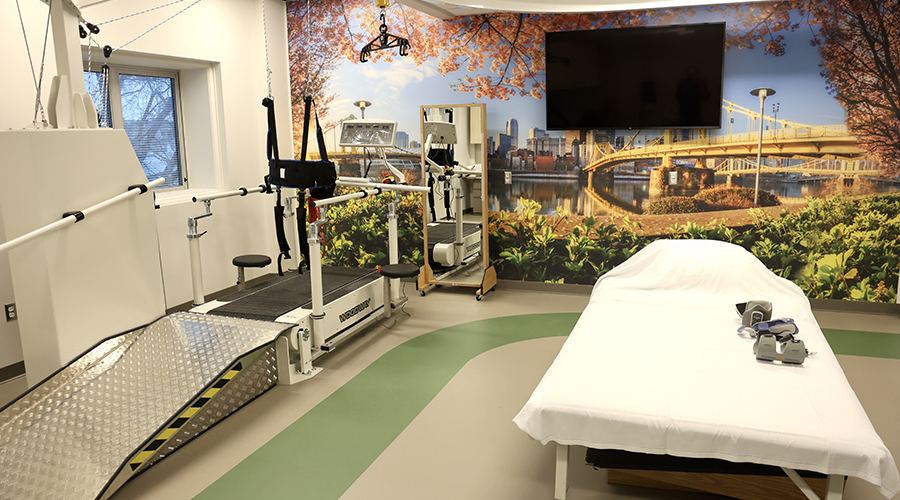When planning for a new healthcare facility, anticipating the changing patient demographics and advancements in emerging technologies is a next to impossible task. However, designers have started leaning on medical professionals for their expertise on how they can best create functional spaces. Healthcare Facilities today recently spoke with Resa E Lewiss, MD, Professor of Emergency Medicine, Physician Healthcare Designer, Perkins&Will and Julie Frazier, AIA, ACHA, LEED AP BD+C, Principal, Health, Perkins&Will on how their collaborate efforts are used to overcome any potential challenges that may arise during the build process.
HFT: How do you plan for future expansion and adaptability in healthcare facility design to accommodate evolving medical technologies and changing patient demographics?
Julie Frazier: As emphasized earlier, it is important to be aware and understand emerging trends. The ability to promptly accommodate evolving patient needs is paramount. Recognizing the significance of community inclusion, multiple stakeholder meetings should be conducted to provide the local population with a voice in the planning process.
Resa Lewiss: Absolutely. Integrating emerging trends in medicine and healthcare is crucial to staying ahead of the evolving needs of health care spaces. Three specific arenas where I think we should pay attention are telehealth, the hospital-at-home movement, and point-of-care technologies.
HFT: What challenges do architects and physicians face when working together, and how are these challenges typically overcome?
Frazier: At times, there are instances when experienced physicians may not be aware of evolving architectural requirements that necessitate operational changes. For example, Cath Labs were traditionally not required to be in a sterile field until a few years ago. This change could pose challenges to processes and limit adjacencies with other services. Through open discussion and collaboration, it's possible to create new spaces or processes that accommodate both the physician's needs and the current architectural codes.
Lewiss: Julie and I are on the same page: kindness, respect, and communication. Transparent sharing of expertise, lived experience, and literature is key. You can anticipate and smooth out potential challenges by establishing frequent touchpoints and by implementing team-building activities that encourage physicians and architects to collaborate and inspire each other. The pace, workflow, timelines, and pauses inherent in architecture projects may be unfamiliar to the emergency medicine physician. For example, physicians may not be familiar with reading plans or drawing designs. However, at the end of the day, there actually may be more similarities than differences when it comes to architects and physicians. For example, accommodating clients is very similar to the service oriented way we deliver care in the emergency department.
HFT: How do you stay up-to-date with the latest trends and best practices in healthcare facility design to ensure that your projects are cutting-edge and effective?
Frazier: Research plays a critical role, and Resa contributes significantly by sharing compelling medical articles. This information proves invaluable in informing the design of healthcare spaces, providing insights that might not be available otherwise.
Lewiss: I take a multi-pronged approach by reading relevant literature, producing written content, participating in virtual meetings, attending conferences, and engaging in many one-on-one conversations. I would also like to learn more through post-build surveys.
Mackenna Moralez is the associate editor for the facilities market.

 Regulations Take the Lead in Healthcare Restroom Design
Regulations Take the Lead in Healthcare Restroom Design AHN Allegheny Valley Hospital Opens Expanded Inpatient Rehabilitation Unit
AHN Allegheny Valley Hospital Opens Expanded Inpatient Rehabilitation Unit HSHS and Lifepoint Rehabilitation Partner on New Inpatient Rehab Hospital in Green Bay
HSHS and Lifepoint Rehabilitation Partner on New Inpatient Rehab Hospital in Green Bay Turning Facility Data Into ROI: Where Healthcare Leaders Should Start
Turning Facility Data Into ROI: Where Healthcare Leaders Should Start Sutter Health Breaks Ground on Advanced Cancer Center and Care Complex
Sutter Health Breaks Ground on Advanced Cancer Center and Care Complex